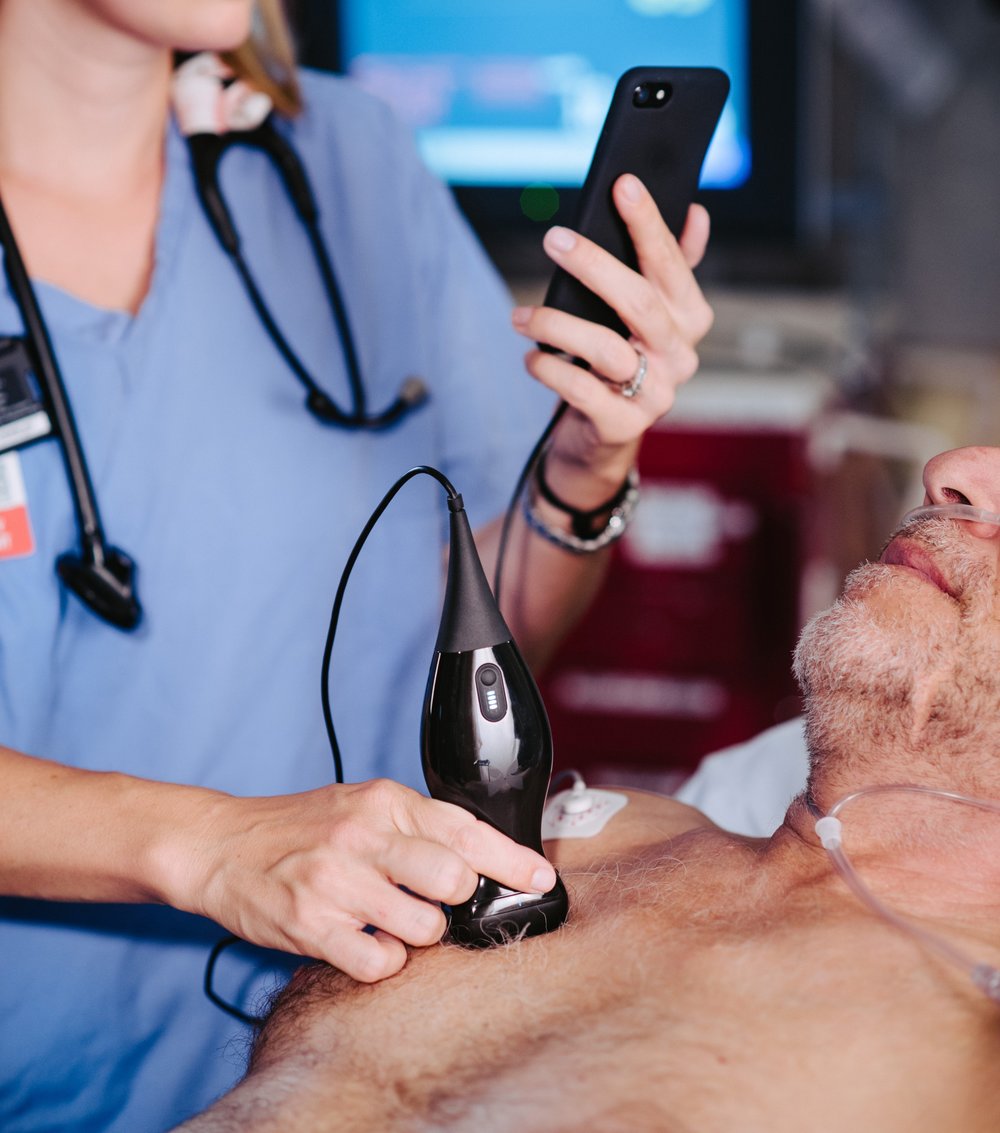
Vascular surgeon John Martin had just joined a startup called Butterfly Network early this year when he decided to test the company’s product — the $1,999 Butterfly IQ. It’s a solid-state ultrasound machine that uses a unique semiconductor chip to create the high-frequency sound waves that are used to see what’s in the body, and it uses an iPhone to view the imagery. Martin quickly saw something he didn’t want to see; a three-centimeter mass on his throat, which turned out to be squamous-cell cancer.
Martin had the cancer diagnosed, underwent surgery and radiation treatment, and is on the mend. He sees the future of the Butterfly IQ and devices like it taking ultrasound imagery from expensive machines found only in hospitals and clinics to the home. The portability of the device, when connected to a smartphone, means that ultrasound imaging could be done by ambulance crews instead of in a hospital. Eventually, this technology could even turn into something like a wireless patch that could be given to a patient.
One problem, of course, is interpretation of the images. That’s currently done by highly-skilled (and expensive) radiologists and technicians. Butterfly Network wants to combine the Butterfly IQ with artificial intelligence software to help novices position the ultrasound probe, collect images and interpret them. By 2018, the company thinks its software will be smart enough to let users calculated how much blood a heart is pumping and detect issues like aortic aneurysms.
That Star Trek medical tricorder? It’s getting closer every day.
